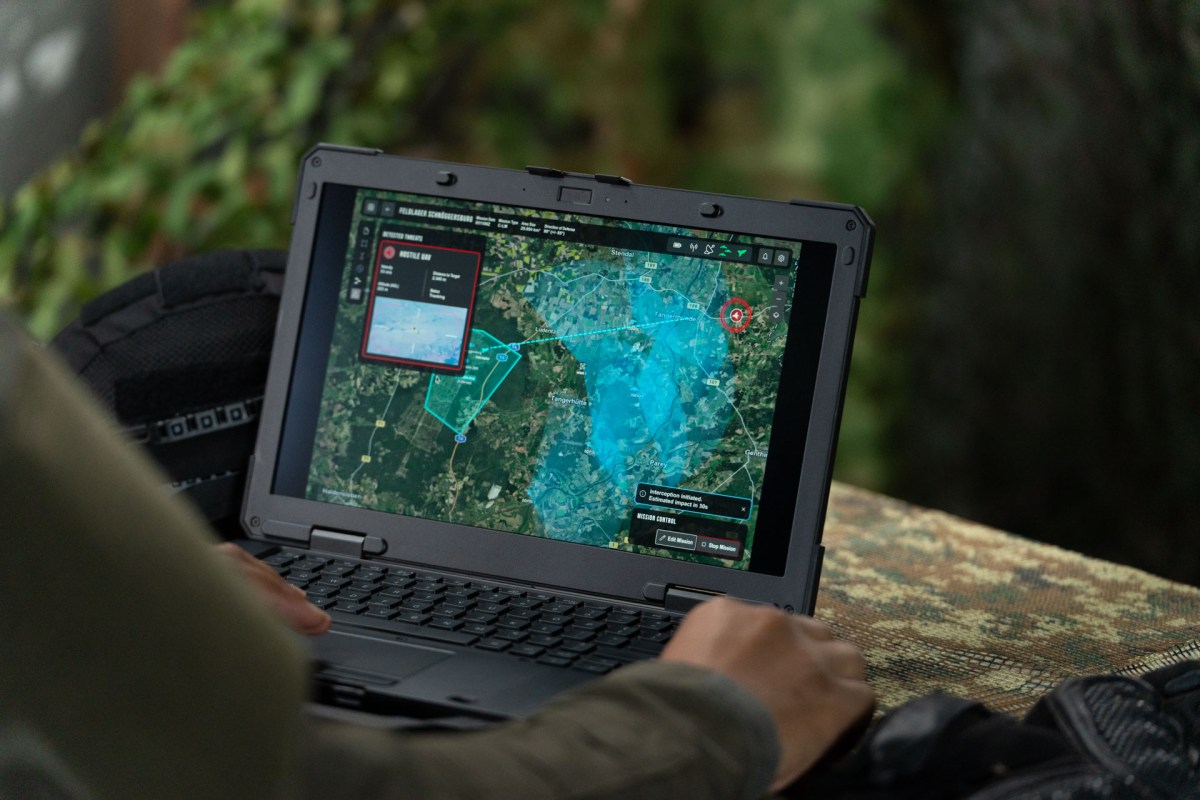Apple’s Need to Stand Out: A New Patent for a Stick-Like VR Controller
In its quest to differentiate itself from the well-established tech industry, Apple has occasionally introduced innovative designs, such as the iPhone. However, other times, the company has opted for more conventional and perfunctory designs, like the $3,500 Vision Pro. On other occasions, Apple’s ingenuity has led to truly wild redesigns for established tech, including some of its first for stick-like VR controllers. A newly revealed patent details a controller with a stick-like design, which has been likened to a “Shake Weight”-like device.
Apple’s Patent Application for a Handheld Input Device
Apple’s patent application for a “Handheld Input Device” was first filed in 2023, and the U.S. Patent and Trademark Office made it public on Thursday. The patent application, which can be searched for “20250044880” on the USPTO website, reveals a full system that includes a “head-mounted device and a handheld input device for controlling the electronic device.” The handheld input device would feature infrared LEDs to help the headset track the controllers, as well as a lanyard that could potentially include motion sensors or haptics.
The Design of the Handheld Input Device
The design of the handheld input device is notable for its lack of obvious buttons. Most VR controllers, from the Meta Quest to the HTC Vive, feature two symmetrical devices with joysticks, triggers, and face buttons for each hand. In contrast, Apple’s device would include an accelerometer and other sensors for detecting movement, including rotations, waving, writing, drawing, or “shaking.” The device is not limited to VR, as Apple describes it as being compatible with “glasses, goggles, or a helmet,” as well as smart monitors, laptops, or tablets.
The Potential Applications of the Handheld Input Device
While the handheld input device may seem more aligned with an Apple Pencil than a gaming controller, the patent does offer some lip service to video games, stating that the location, orientation, and/or movement of the lanyard may be used to interact with virtual objects displayed by the head-mounted device. However, considering the hand-tracking capabilities of the Vision Pro, the device may not be necessary for most software, which recognizes a limited set of gestures.
The Future of VR Controllers
The issue remains that most software recognizes a limited set of gestures, even in games that support the platform. Complex gestures are not necessary to watch the Vision Pro’s slate of immersive video, but for interactive titles like Marvel’s What If…? An Immersive Story, users are stuck merely grabbing and pointing. Late last year, reports from Bloomberg hinted that Apple might be working with Sony’s PlayStation to let Vision Pro support the PSVR2 controllers, which would be the first step to allowing some VR titles to play nice with Apple’s visionOS. However, getting games worth playing onto Vision Pro is a taller order than working with any first or third-party controller.
Source Link





